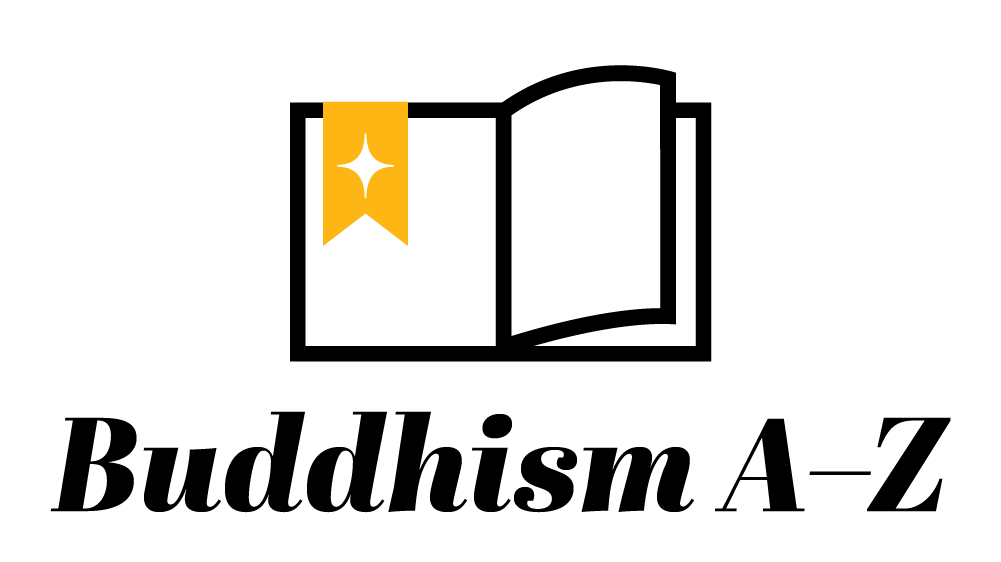Buddhism is usually thought of as a path of practice. But it is equally a path of training (which is in fact one of the synonyms for practice). We train our minds, but it goes deeper than that. We train our whole being. We train in the very way we live.
Buddhist training falls into three categories. In Sanskrit, they are called sila (discipline or ethical living), samadhi (concentration), and prajna (insight or wisdom). Together, they summarize the Buddha’s fourth noble truth, the full path to enlightenment.
1. Sila
Variously translated as discipline, ethics, virtue, or morality, sila encompasses three aspects of the eightfold path: right speech, right action, and right livelihood. Living ethically and purely is both the ground of the Buddhist path and its result.
2. Samadhi
Translated as concentration, calm abiding, or mindfulness, samadhi is the foundation of Buddhist meditation. By settling and calming the mind through dedicated meditation practice, we achieve peace and are no longer controlled by our delusions and conflicting emotions (kleshas).
3. Prajna
Translated as wisdom, insight, and discriminating mind, prajna is Buddhism’s unique, defining principle and the key to enlightenment. Using the powerful, concentrated mind of samadhi, we penetrate the true nature of reality and free ourselves from the fundamental ignorance that causes suffering. This is the essential technique of Buddhist meditation.
Buddhism A–Z
Explore essential Buddhist terms, concepts, and traditions.

